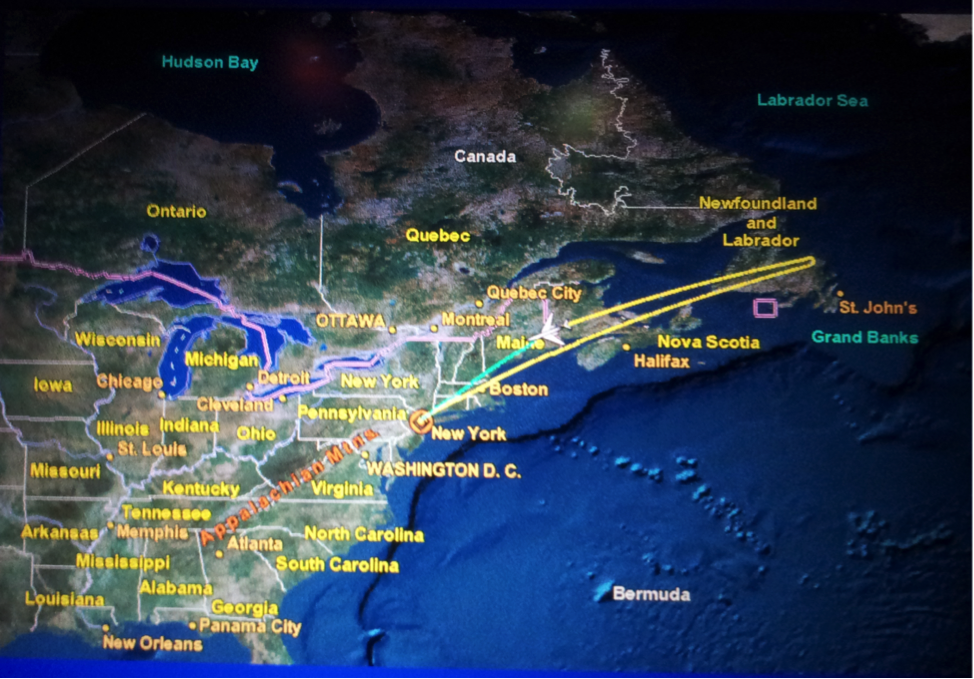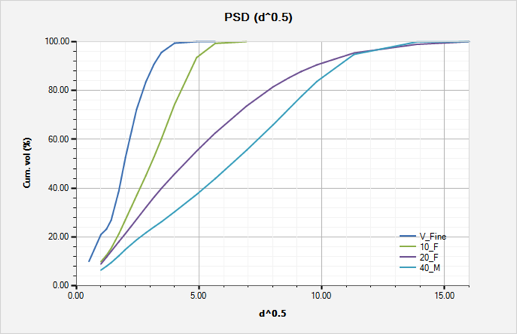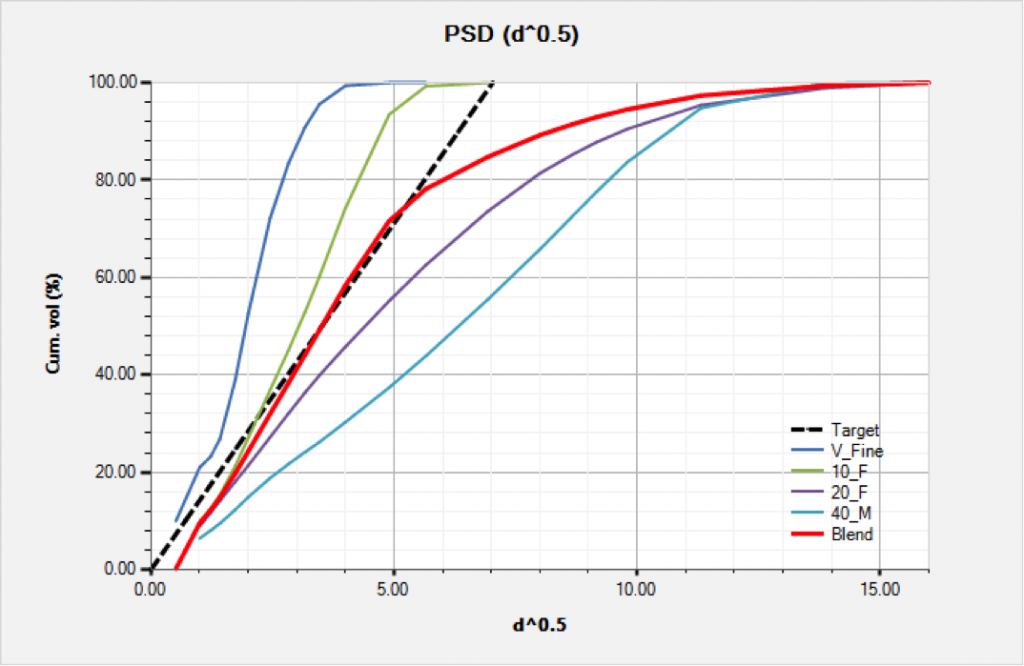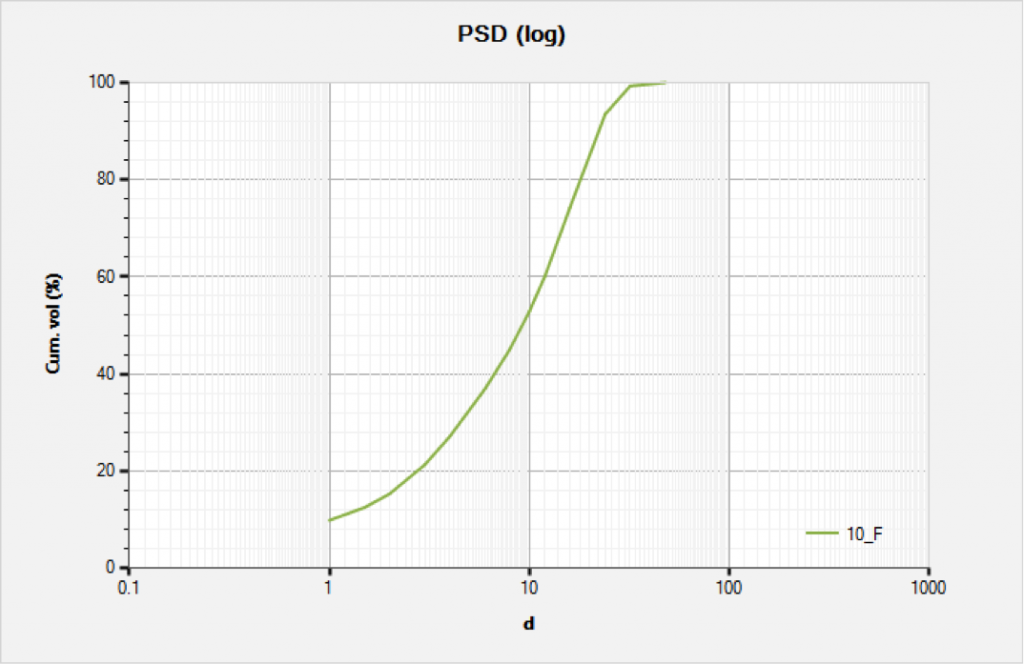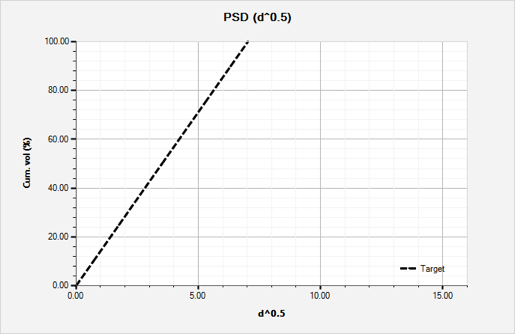As new studies shed light on organizations and communication practices within companies, we learn to carry-on a variety of exercises to improve what many would consider part of the work-socialization process. As a newcomer to Pegasus Vertex, I have appreciated the consistency that has been put in valuing interactions between co-workers, creating not only a more dynamic, but a more inclusive work environment as well. Last week, the PVI team embarked on what we like to call a “Lunch and Share” meeting. The name is pretty straight forward, here’s a hint: lunch and sharing were involved! But in all seriousness, the reason behind Lunch and Share was to get everyone out of their shells, to interact, or like our company president Gefei Liu would say, “It is a way to enhance ‘a meeting of the minds’ where we can establish a team mindset, a tandem. Sharing is gaining, just like giving is gaining, and we extend each other’s experiences by doing so.”
The results transcended our expectations; employees were more than willing to vocalize their thoughts and listen to what their peers had to say. We started off with a simple assignment to employees, which consisted of sharing what each person did during the summer. It is impressive how such a simple task of sharing one’s experiences can enhance group cohesiveness. Even in industries where one might not consider such activities necessary, one must reconsider in order to enrich interactions between co-workers.
Following this Lunch and Share session, we conducted a brief anonymous online survey to find out how PVI employees felt about Lunch and Share meetings. 100% of respondents communicated enjoying these meetings because they had the opportunity to share with their co-workers. Also, 96% of respondents enjoyed Lunch and Share and 25% believe we should have them more frequently. We were also very open to criticism, where 25% of respondents indicated adequate time limits for each presentation. We took this feedback and plan to tweak a few things in order to meet our employees’ expectations. It is through these types of open relationships with employees that we try to improve socialization skills in the work environment. It was a very effective way of efficiently communicating with one another, sharing our views, and learning with and about each other. This is indeed one of the greatest virtues of PVI, we work hard and give 100%, but we do not forget to engage in the basic needs of human interaction, especially among each other. The survey results reflect just that, and we believe that they have made an incredible difference.

